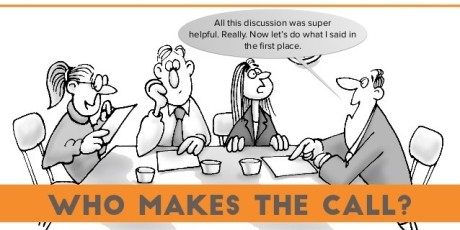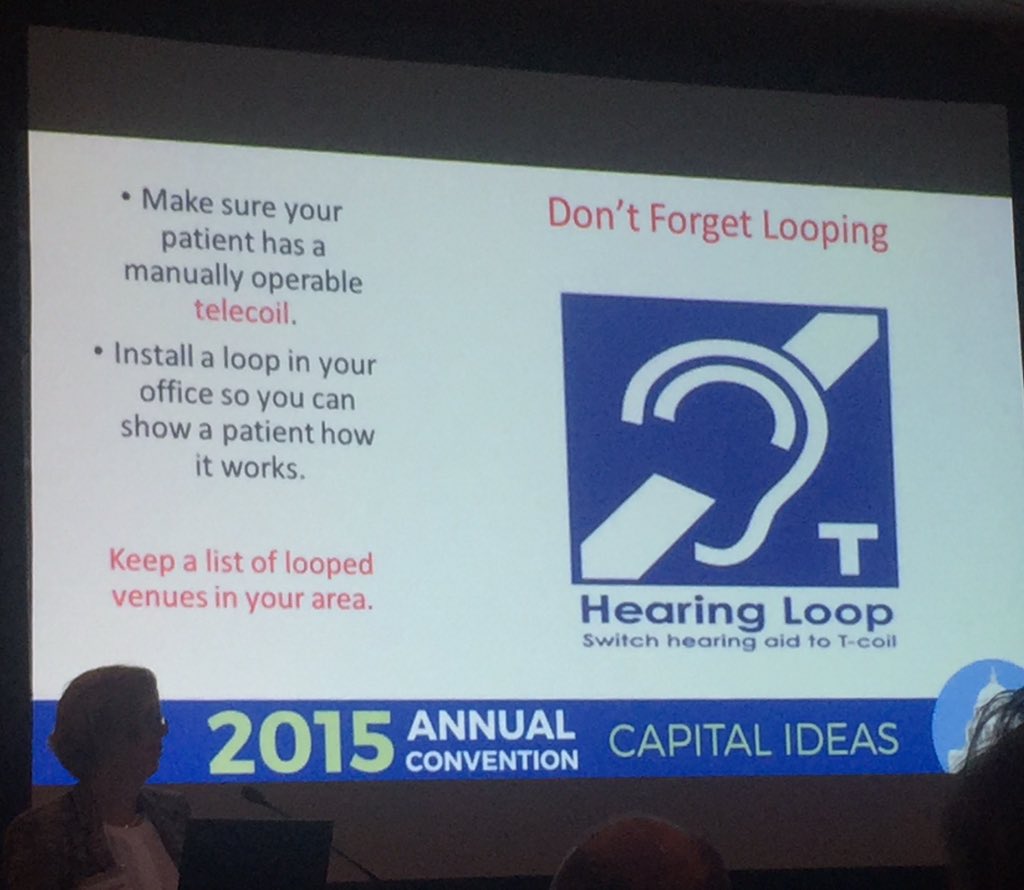People who have had normal hearing but acquired hearing loss later in life have the advantage of remembering speech the way it used to sound and access to a large vocabulary to piece together what they hear with an imperfect auditory system. Children with hearing loss don’t have that advantage. Their speech and language is still developing. A hearing loop can give them an advantage by providing access to clear sound input that hearing aids and/or cochlear implants alone simply are unable to provide unless their ears were mere inches away from the speakers on the TV. A loop in effect brings the speaker of the TV directly and wirelessly into their ears. Voila – clear sound that may allow them to hear TV better than their parents!
In a recent article in the AG Bell Volta Voices Magazine (http://www.loopwisconsin.com/PDFFiles/VoltaVoicesSterkens.pdf) I explain why some children need more than their hearing devices, be they hearing aids or cochlear implants, to develop speech and language. While hearing devices help to make sound louder, the instruments may not provide enough clarity and understanding to let children carve meaning out of what was heard. Distance, background noise and reverberation all affect the speech clarity negatively and for this reason audiologists recommend the use of a personal FM system in the class room and there is plenty of research to back this up.
While children are busy developing speech and language they need access to best speech clarity there is to be had. Imagine learning to speak French while in a busy café near the Champs-Élysées in Paris or while watching a fast speaking Spanish speaker on TV. This would be difficult even for a normal hearing adult – let alone for children whose vocabulary is limited and whose auditory systems do not permit clear and concise speech understanding no matter what type of hearing instrument or cochlear implant they wear. This is where a hearing loops can be of great benefit in the home.
While most parents do not want their children to be hanging in front of the TV for long hours, that children will watch TV any chance they get is a given. (Mine did and, despite my worries, turned out just fine!) So why not ensure that what children with hearing loss hear is of the best clarity there is to get in a TV hearing loop? Several parents and children have commented on what a loop in their TV room did for them. They say it better than I ever could. (I am sharing this information with their permission.)
What children say about hearing loops:
“Ever since our T.V. has been connected to the loop, I have loved it! It makes my listening so much easier because I can now fully understand conversations on the shows and hear sounds that I would not be able to hear without the loop.” said Anna Blair, a 14 year old and bilateral CI user. Her brother Adam, age 8 who also uses cochlear implants agrees with her. He says he likes listening in the loop because it “puts the sounds right inside my head, and it’s easier to hear”, and (with a huge smile) explained that his favorite shows to watch on TV with the loop are “action shows” because “when all the sounds are ‘in my head,’ it makes me feel like I’m in the middle of it all.”
Their mother Laura Garmon Sarsfield, a member of the Georgia Commission on Hearing Impaired and Deaf Persons https://dhs.georgia.gov/gchidp-members , reports that her children both very much love the idea of the loop being able to bypass all the background noise and deliver the TV audio directly to their cochlear implants. “As a family we can listen to the TV without having to increase the volume and have confidence that they aren’t missing a thing because they are hearing everything completely and easily through the loop. It has definitely been a game-changer for them, even though they are both very successful CI users who are both “A students” in their mainstream classroom settings in the largest public school system in Georgia. I just can’t say enough about how much the loop has helped them. It has just eased their listening so they are able to relax and enjoy it, and not have to work so hard just to hear and follow it”.
Ellie, age 12 who uses one hearing aid for a mild hearing loss because she is deaf in the other ear explains that using the loop the sound is clear and that she can hear every single word while without the loop “I only hear the loudest sounds of the TV.” And the loop has one more benefit; she doesn’t have to listen to the annoying sounds of her brothers! Ellie’s first TV loop experience was posted on YouTube https://www.youtube.com/watch?v=J5OiqHyW7vw as was Jill Villnow, Ellie’s mom emotional response to the benefits of loops for her daughter see www.youtube.com/watch?v=4jL4x2kkAJ0
Josie, age 12, who has a bilateral moderate degree of hearing loss and uses bilateral hearing aids, says: “I don’t have to have the sound turned up so loud or use captions. The clarity is so much better; you can actually understand and hear the voices.” Her sister Emily, who is 11 and also uses BTEs ads, “I like it better because the loop blocks out the background noise so I can hear the TV better.”
The parents of Josie and Emily, Jim and Vicki Denzin from Neenah WI add a warning for parents. One of the first evenings after they installed a TV loop, their girls kept laughing and giggling and would not settle down in their beds. It was then they found out the TV loop signal from the adult movie they were watching downstairs could still clearly be heard in the bedrooms upstairs as long as the telecoil in the hearing aids were on. They now make sure the TV loop amplifier is turned off when the girls go to bed!
Where else can children benefit from hearing loops?
That is easy: Anywhere a microphone is used and the ADA mandates that reasonable accommodations are made for

The children’s Museum in Fort Collins has installed a hearing loop in its Dome Theater.
people with hearing loss such as high school or middle auditoriums, Houses of Worship, museums and movie theaters. Who is going to install these hearing loops? Trained installers now found around the country. Many of whom can be found on www.hearingloop.org under vendors. Who is going to make sure that hearing loops are the “go to” hearing assist technology? That is where we need to get involved and work together as advocates for everyone who uses hearing devices: Hearing care professionals, hearing aid and cochlear implant users, hearing loop installers and advocates, hearing aid and cochlear implant companies, parents and family members of children with hearing loss and everyone who works in the ADA community https://adata.org/ and http://www.access-board.gov/the-board/laws/americans-with-disabilities-act-intro . Our mantra should be “No Decision About People with Hearing Loss – Without Them”.
Adults who have experienced the three different assistive listening technologies prefer will choose hearing loop technology over FM or Infra-Red systems nearly 9 to 1 see http://www.loopwisconsin.com/PDFFiles/LoopingStudy_Oct_HR2014.pdf. It is easy to understand why: All a user needs to hear in a loop is a personal hearing aid or CI and the ability to activate the telecoil. While it is true many children may not have experienced a hearing loop based on the comments from pediatric loop users listed above, anecdotal evidence of adults consumers who have both used Bluetooth wireless and loops at home, the recently published study in the Hearing Reviewhttp://www.hearingreview.com/2word014/09/consumer-perceptions-impact-inductively-looped-venues-utility-hearing-devices/ and a small study in Denmark by Aida Poulsen Regal www.cfh.dk/Do_school_chn_with_hearing_loss_have_preferences_for_ FM_or_loops?.pdf this choice is likely not any different for them.

The OtterBox Digital Dome at the Fort Collins Museum of Discovery is now fully accessible for children (and adults!) with hearing loss.



 n my area were successful in their fund raising efforts by inserting a special envelope in
n my area were successful in their fund raising efforts by inserting a special envelope in













